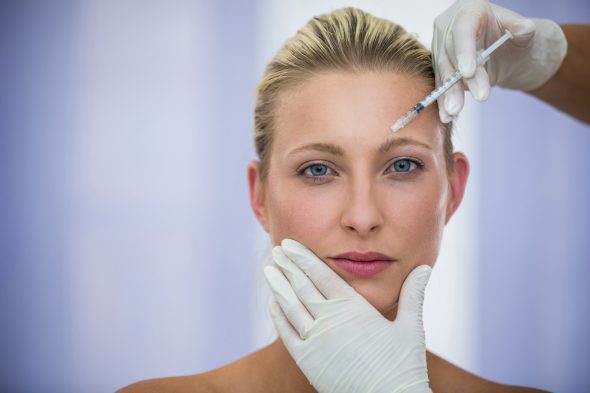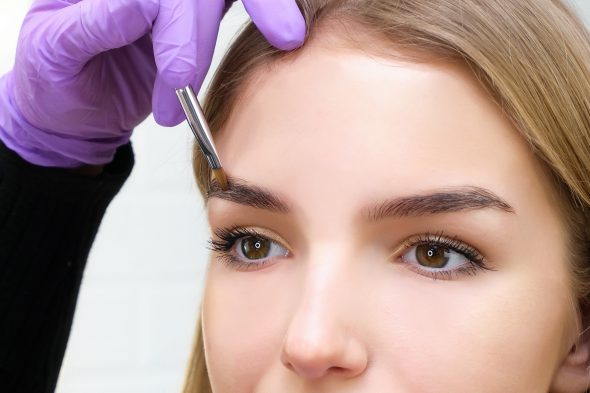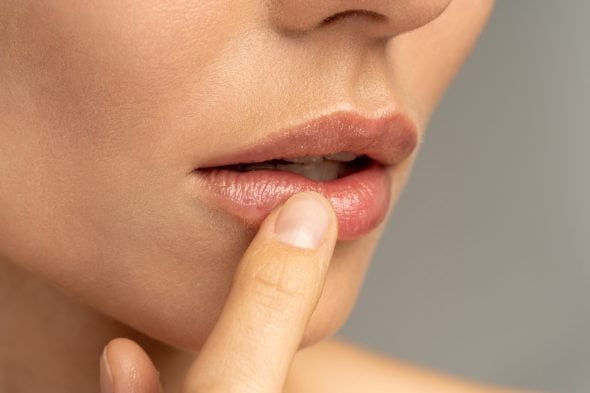

Why do Surgeons Use Before and After Pictures?
Daniel Ezra, 19 November 2018

We are all familiar with the dictum “a picture is worth a thousand words”, and this is certainly true when it comes to using before and after pictures to demonstrate the results of a cosmetic or surgical procedure. Pictures are highly effective when they are used to tell a story, show tangible results or demonstrate the progress which has occurred over time.
We discuss the several ways in which surgeons and patients may use comparison photos; including allowing people to make informed decisions, to determine the successful results of surgery and to better visualise patient progress.
Reasons for Before and After Pictures
1. Helps people determine the procedure which is right for them
Comparison photos are particularly useful for people carrying out research, particularly if they are unsure of the type of procedure they may wish to undergo. If people are able to view a photo of a previous patient who had similar problems with their eyes, and how they were corrected, they are able to better visualise how the same type of surgery could work for them.
Moreover, having a wide range of before and after photos available, which details the type of procedure they correlate to, such as blepharoplasty or tear trough fillers, allows patients to enter an initial consultation with a better understanding of the type of procedure they might want to discuss with their consultant. They can, therefore, carry out pre-consultation research and arm themselves with the right questions to ask the surgeon during the consultation.
Once the consultant has an idea of what the patient wants to achieve, they can discuss the procedure fully and decide whether it is, in fact, suitable for the client, or if another procedure might be more practicable.
2. Comparing the work of different surgeons
Before and after pictures can also be used by potential patients to make comparisons between the work of one eye surgeon and the work of another, in order to decide who they think is able to yield a more natural result or give them their desired outcome for the type of surgery they wish to undergo.
People can then narrow down their search and make a shortlist of the surgeons or clinics they want to contact, and perhaps come to a final decision based on the pictures they are provided with.
3. Allows patients to better visualise the outcome
Taking a before picture marks the beginning in a patient’s journey towards a fantastic transformation. They are therefore highly beneficial because they allow patients to easily compare how they previously looked, with the result of their surgery once any bruising and swelling has subsided.
Of course, they can always just take a look in the mirror – but there is something rather satisfying about comparing two before and after pictures side-by-side to really get a sense of how incredible the transformation is.
Photos are also important in demonstrating the limitations of surgery as often a completely perfect result is not possible.
4. Detailing progress
Surgeons can use before and after imagery to detail a patient’s progress, which can also help them determine if further work might be necessary in the future.
Why taking a good before and after picture is important
Medical before and after pictures work best for comparison purposes when they are taken at a similar time of day, in the same lighting and with the patient adorning the same facial expression, make-up and hairstyle.
It is, therefore, important to consider points like poor lighting, shadows or unflattering angles, which can make or break a picture. As such, you must ensure you get it right, particularly if you are going to use the images for professional purposes, like showcasing them on your website or for other patients to peruse.
It is also highly recommended that descriptive text be used to explain the procedure in detail, including why it is carried out and how the patient in the picture benefited from it. A well-crafted piece of text to accompany the case study will tell a story of the patient’s journey and allow potential patients to visualise a similar, positive outcome for themselves.
If done correctly, before and after photos serve as a very important tool to help patients understand the likely outcomes and limitations of surgery and helping them to set realistic expectations for any proposed procedures.

